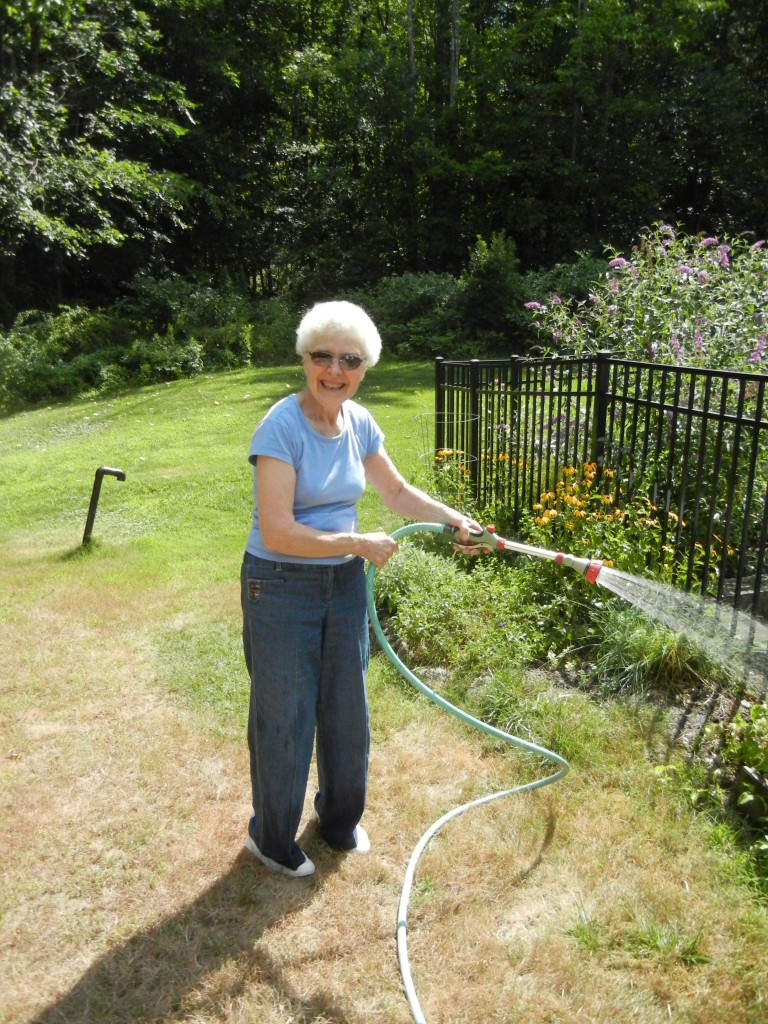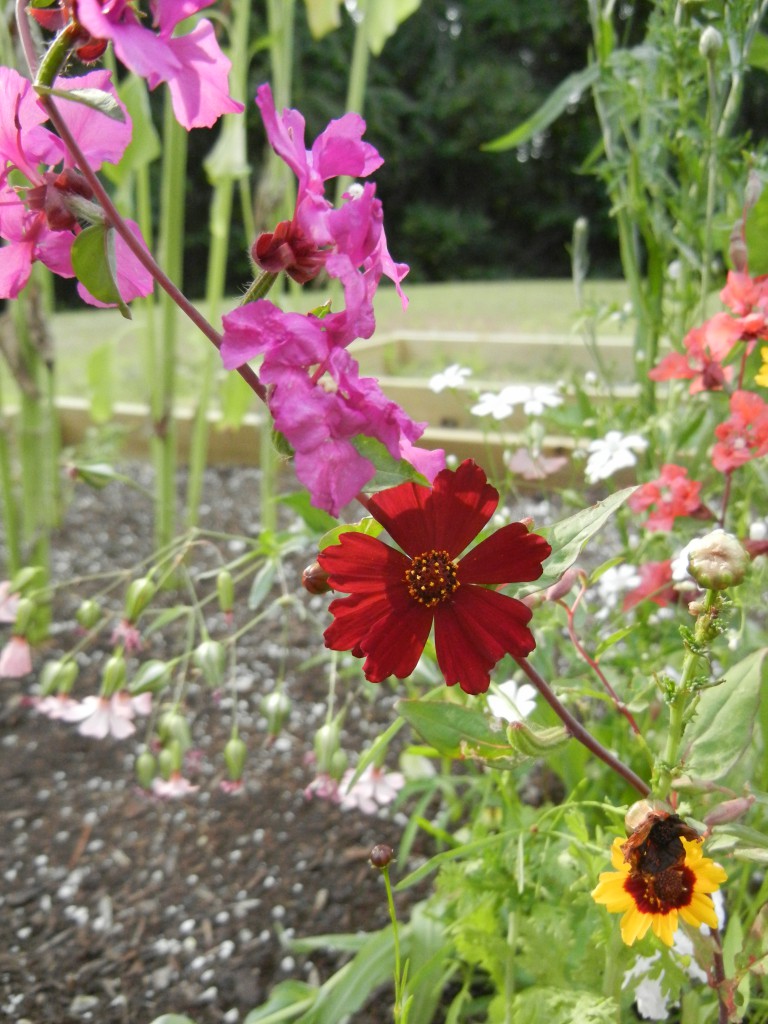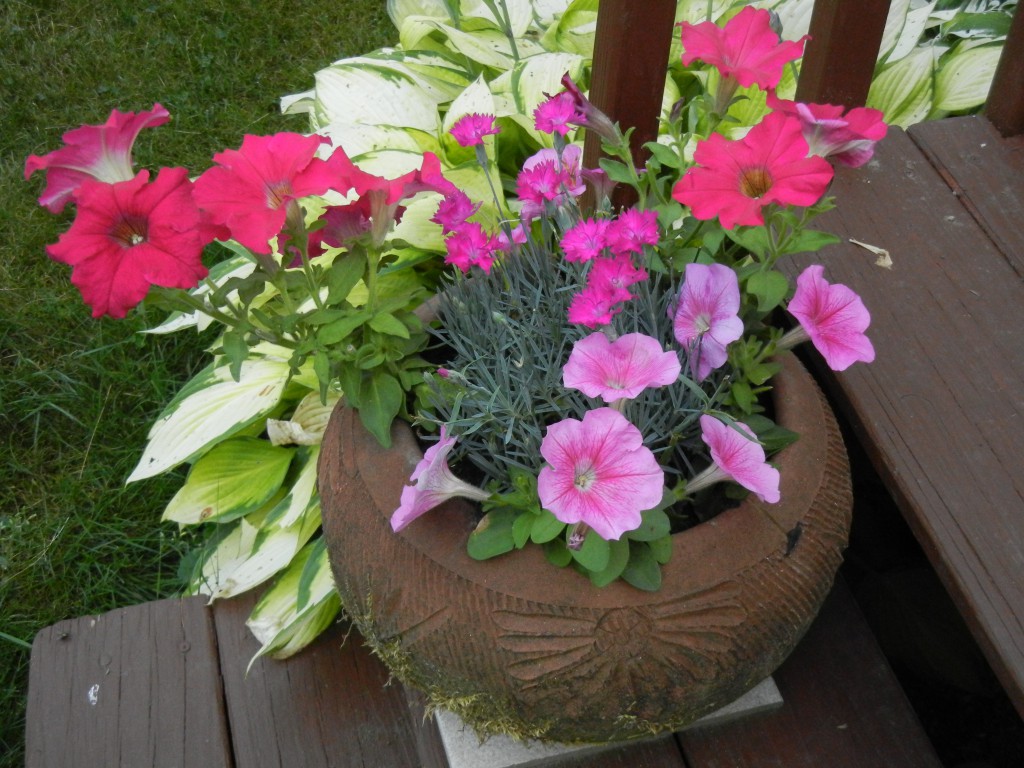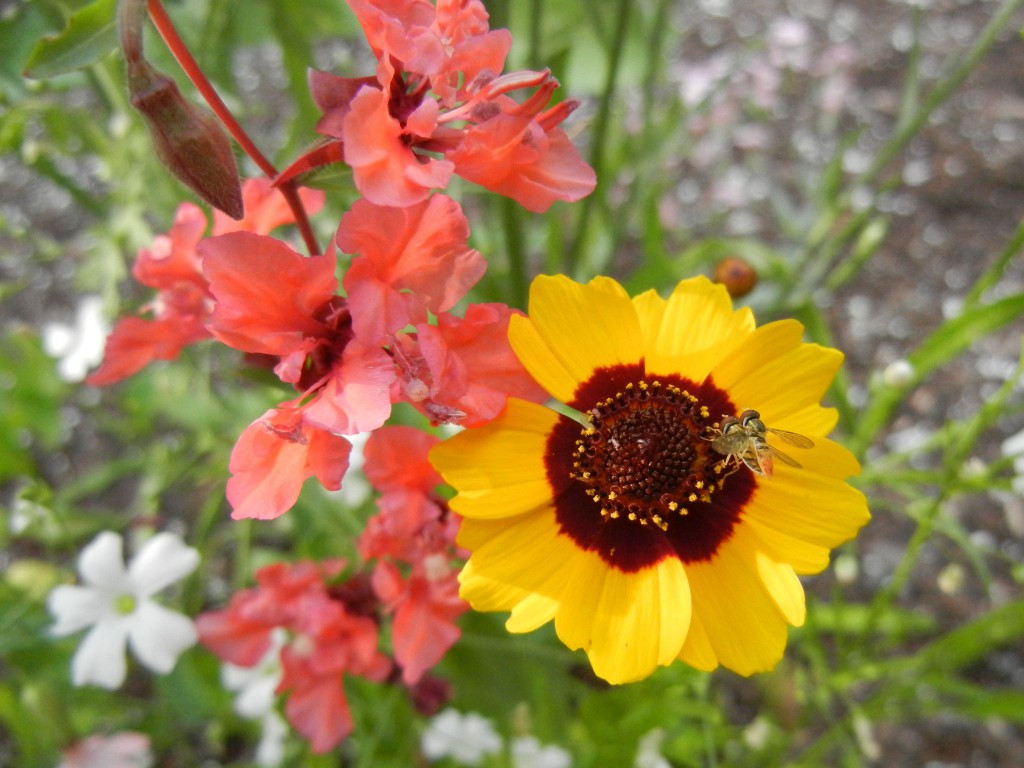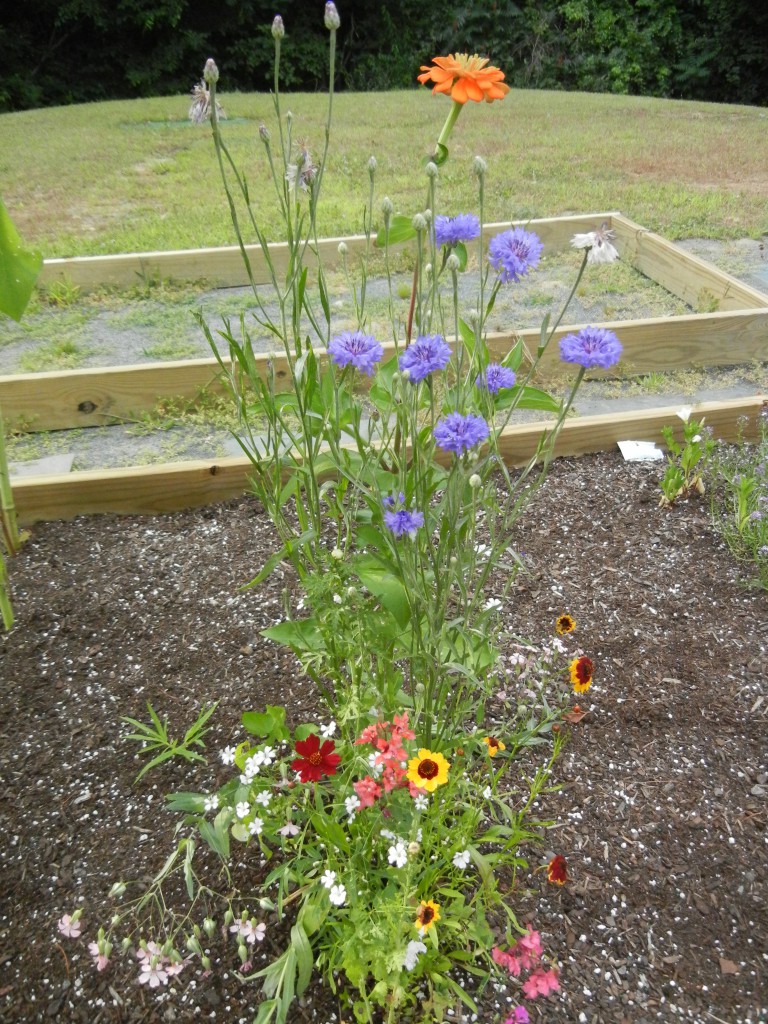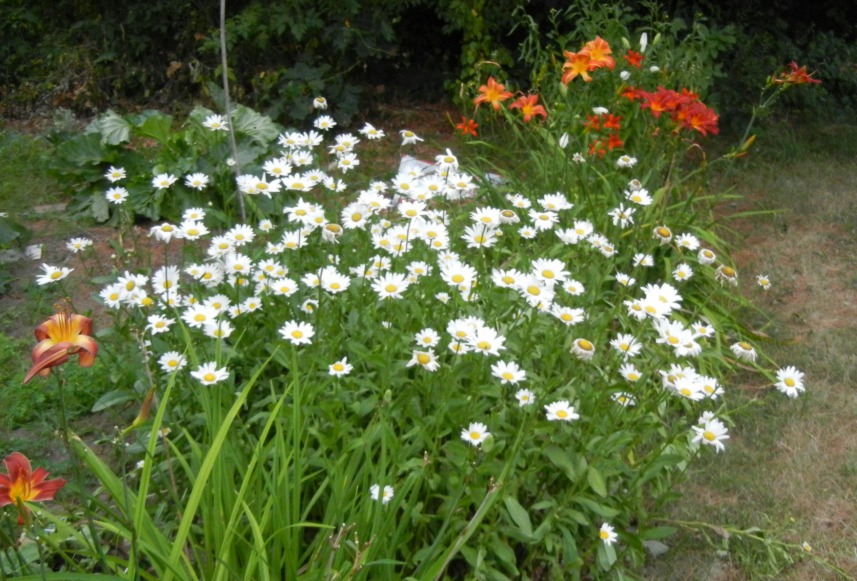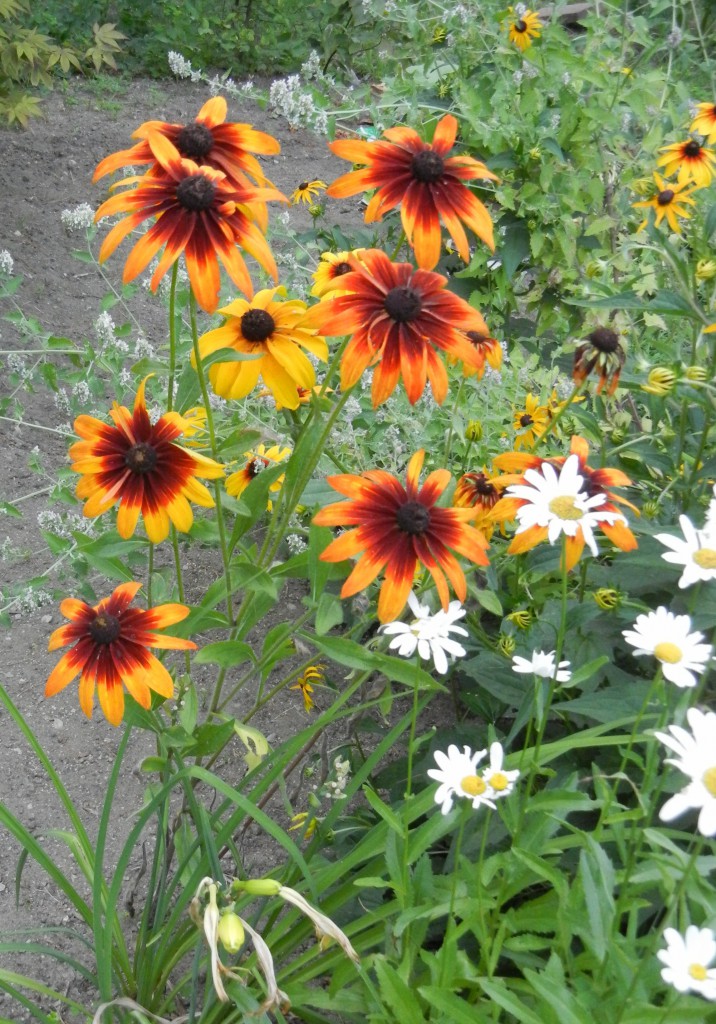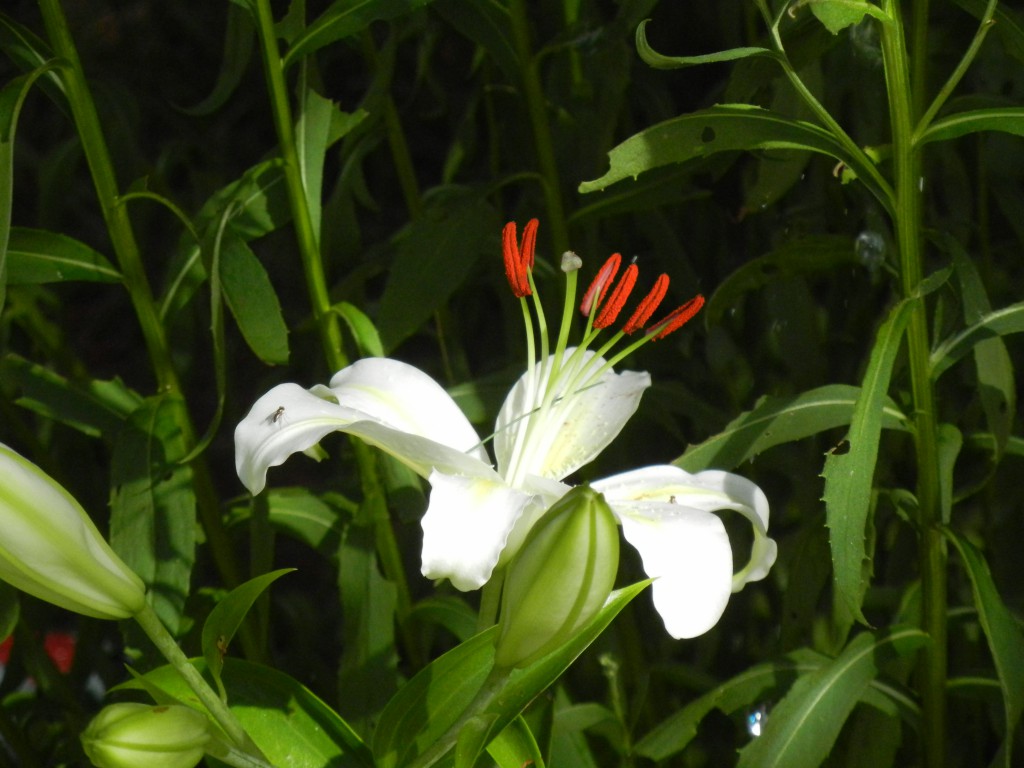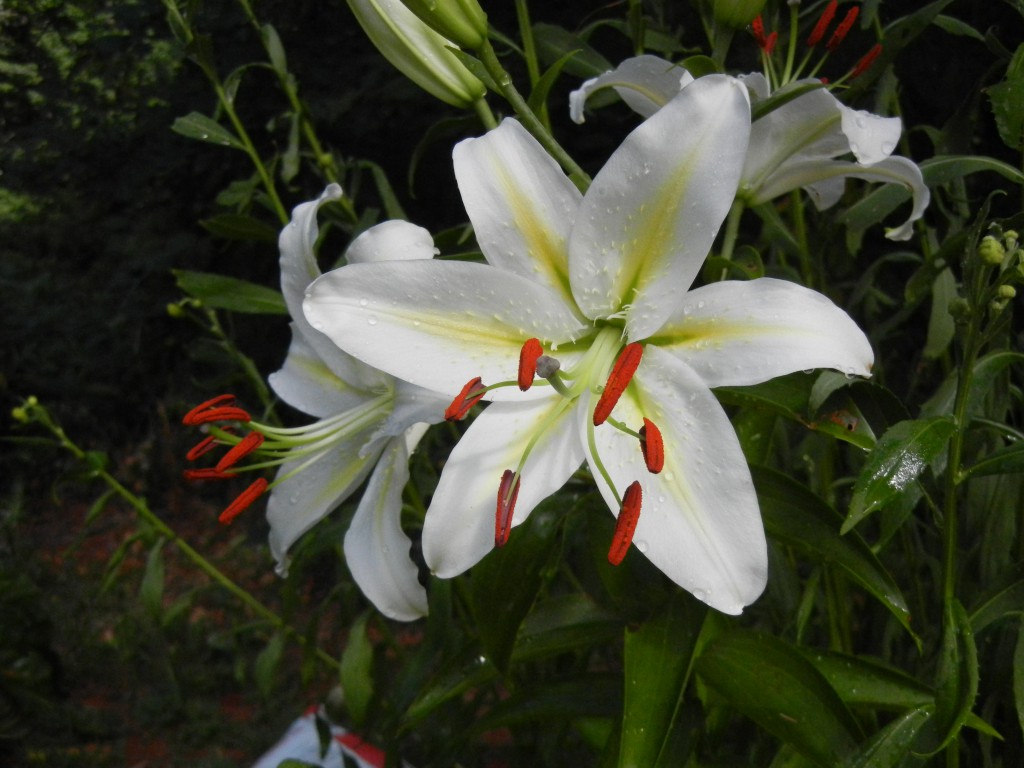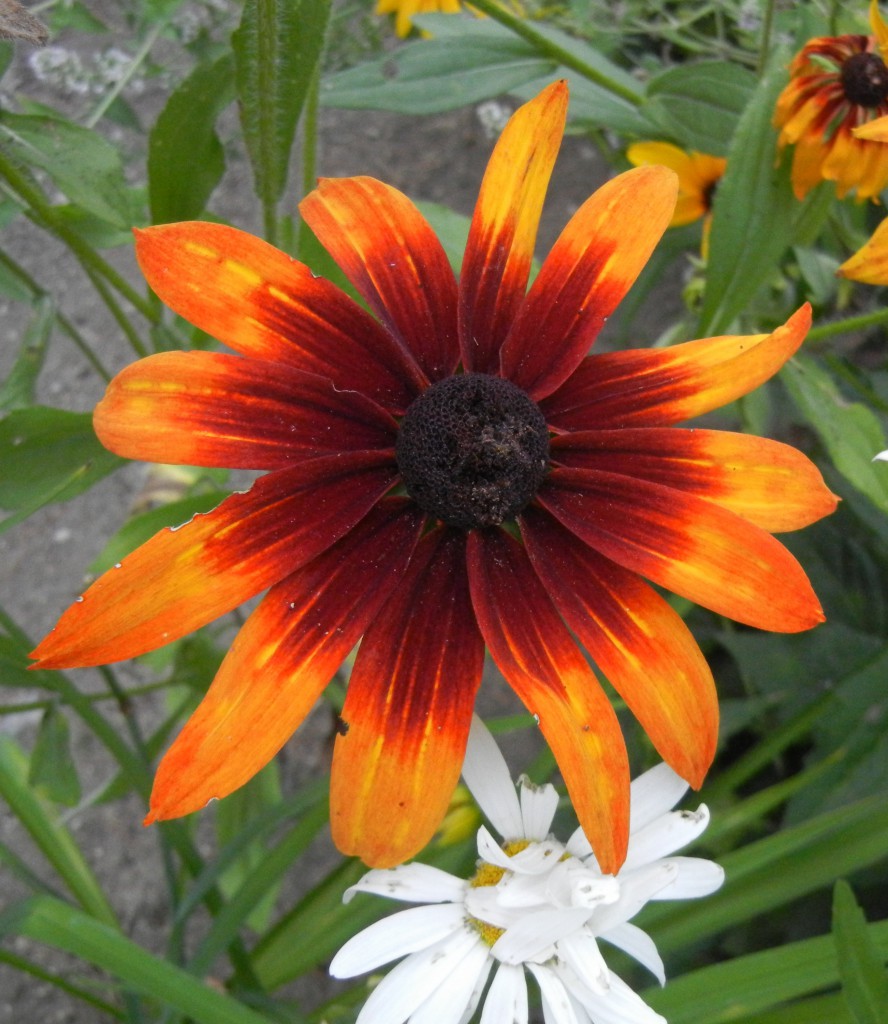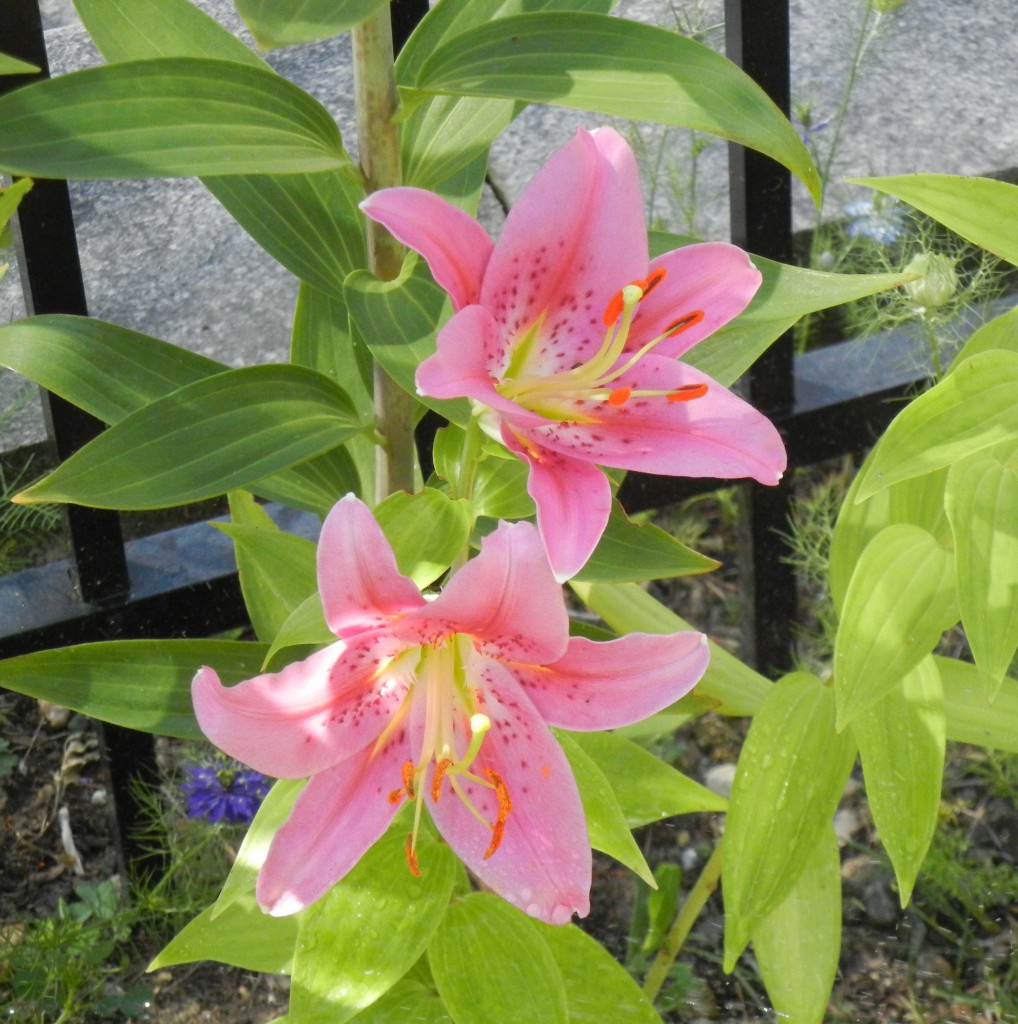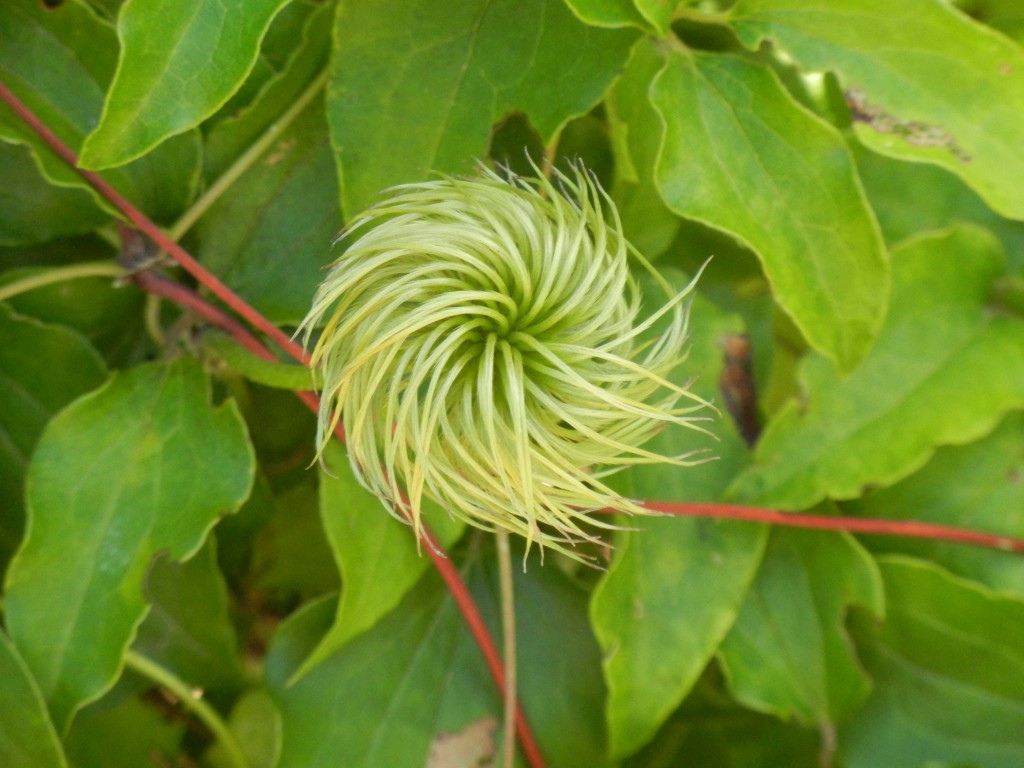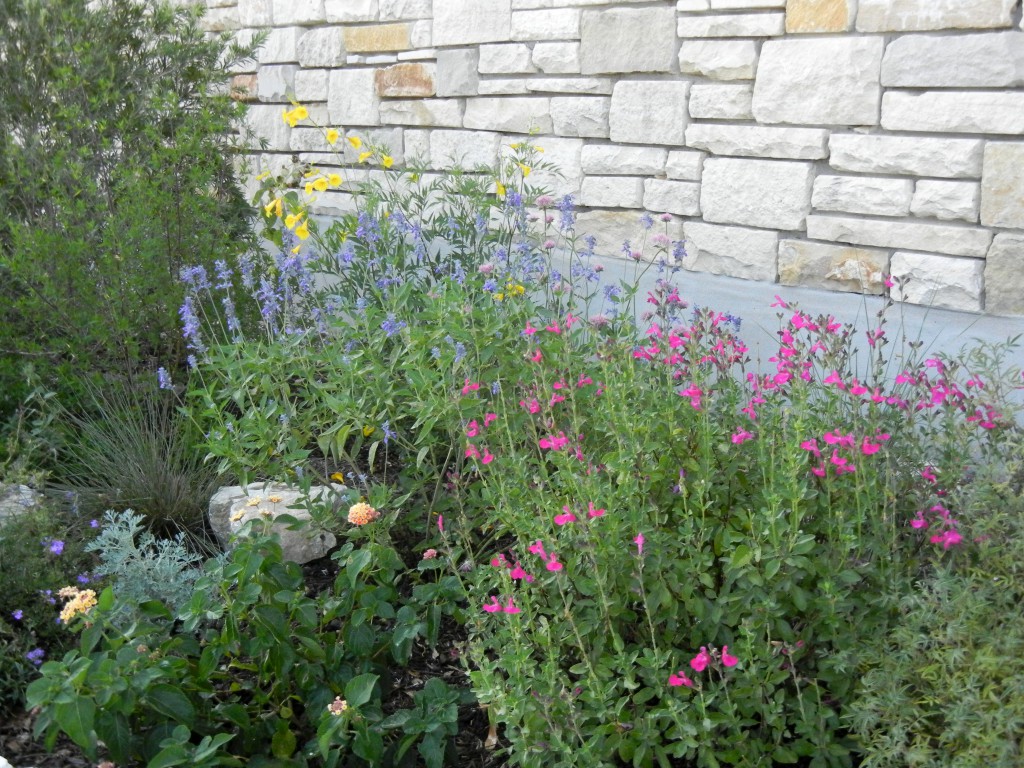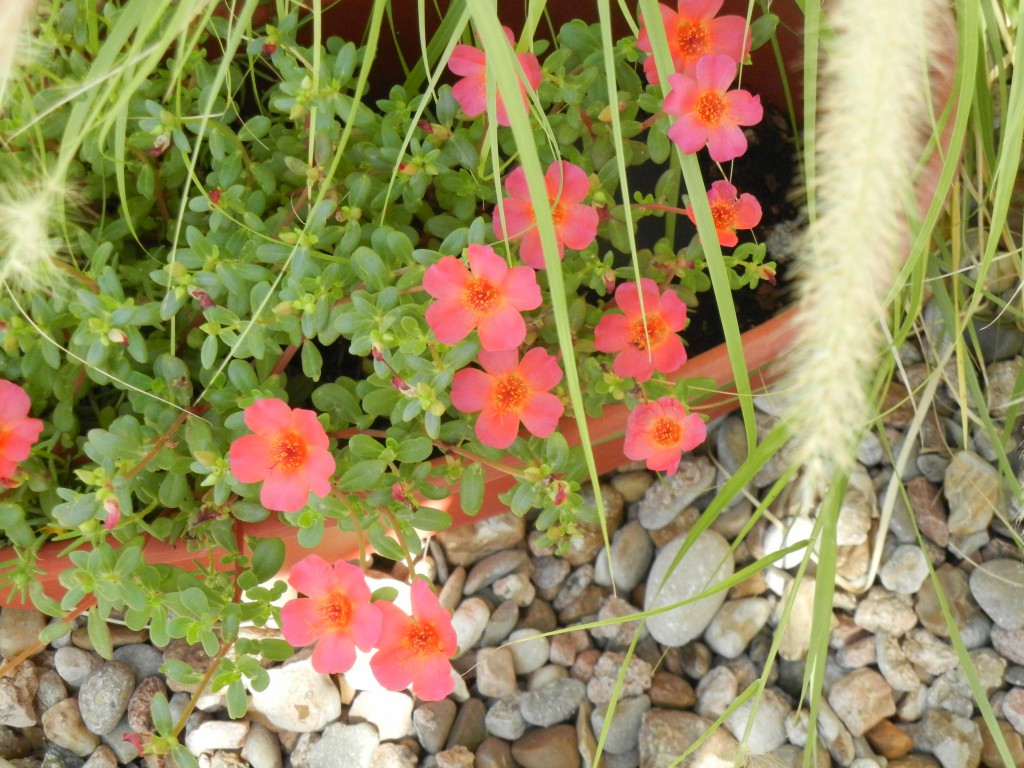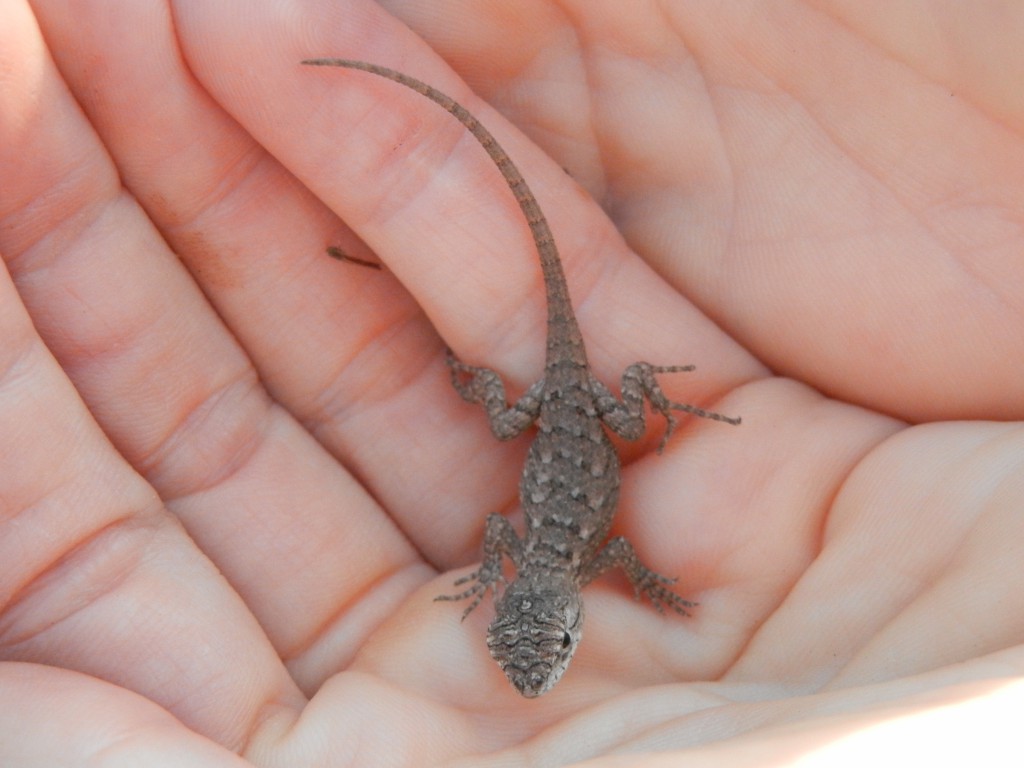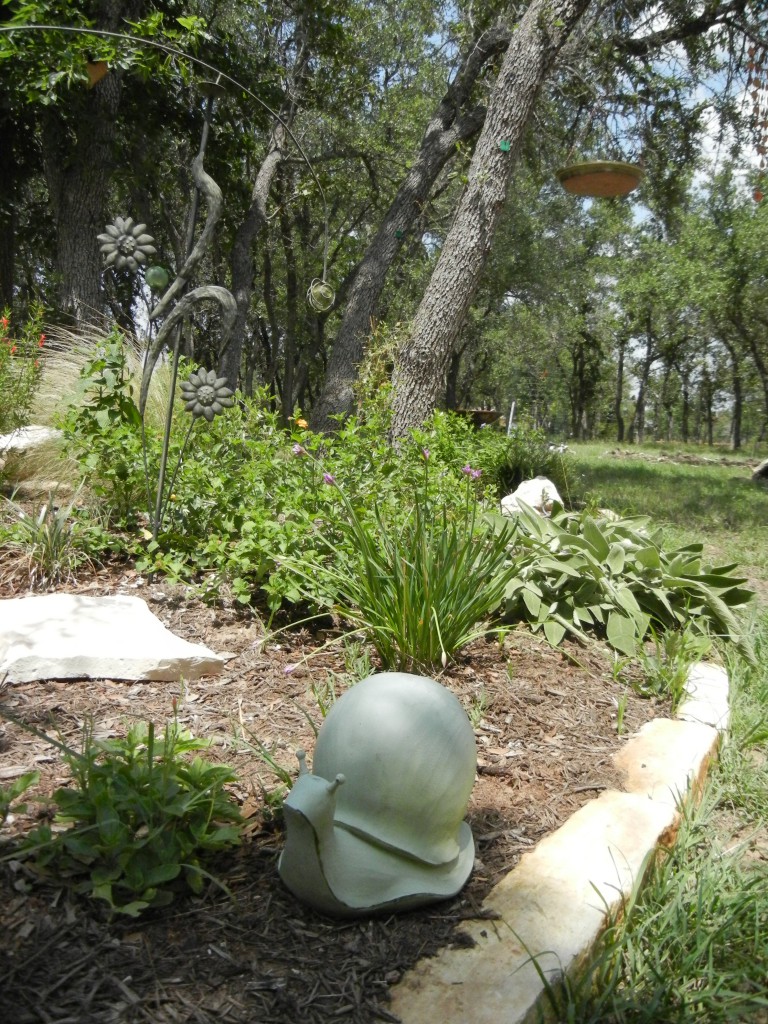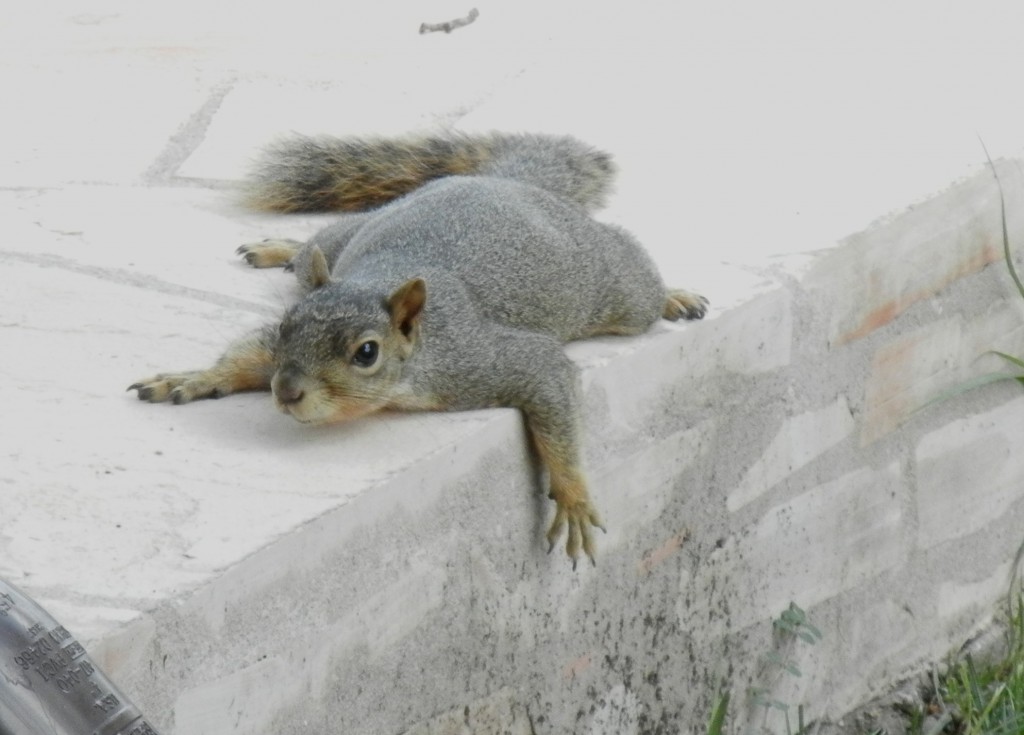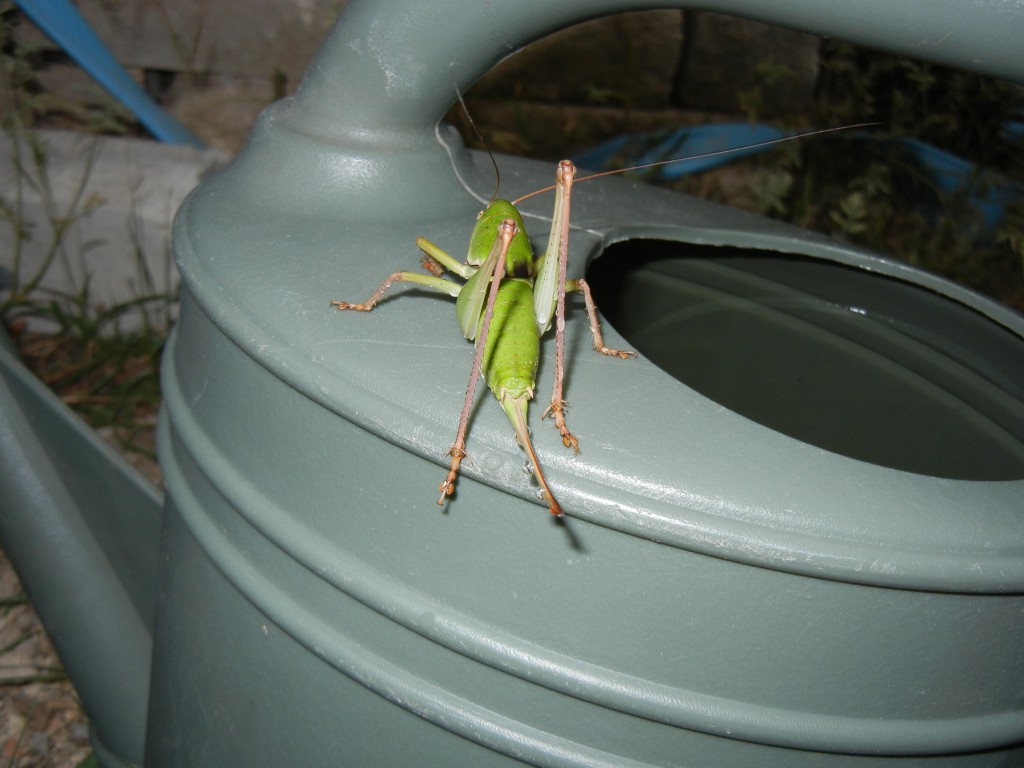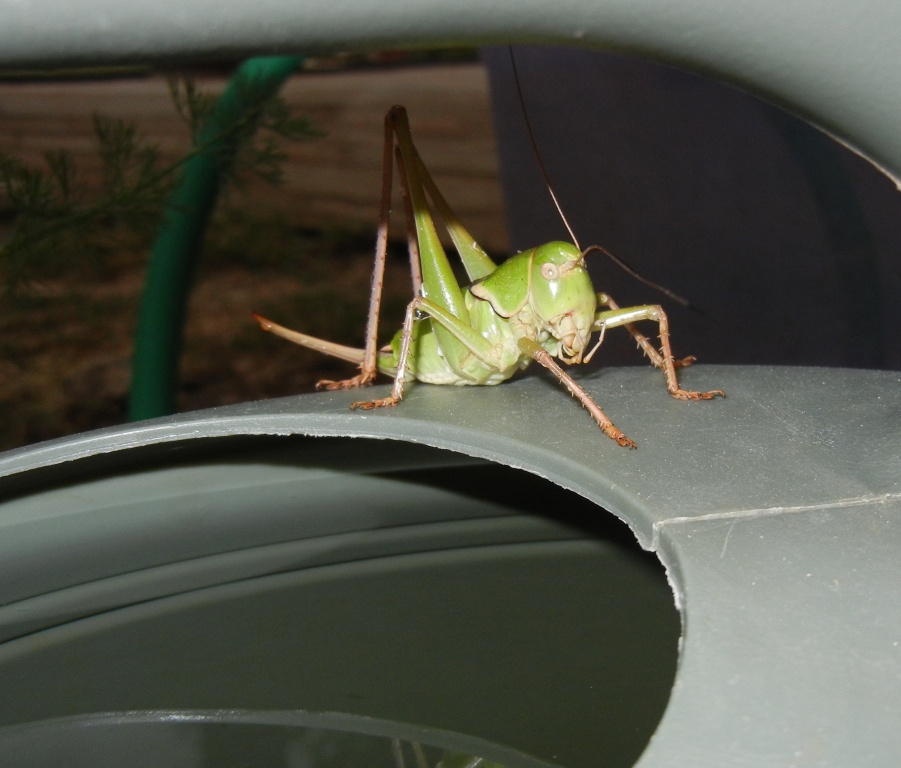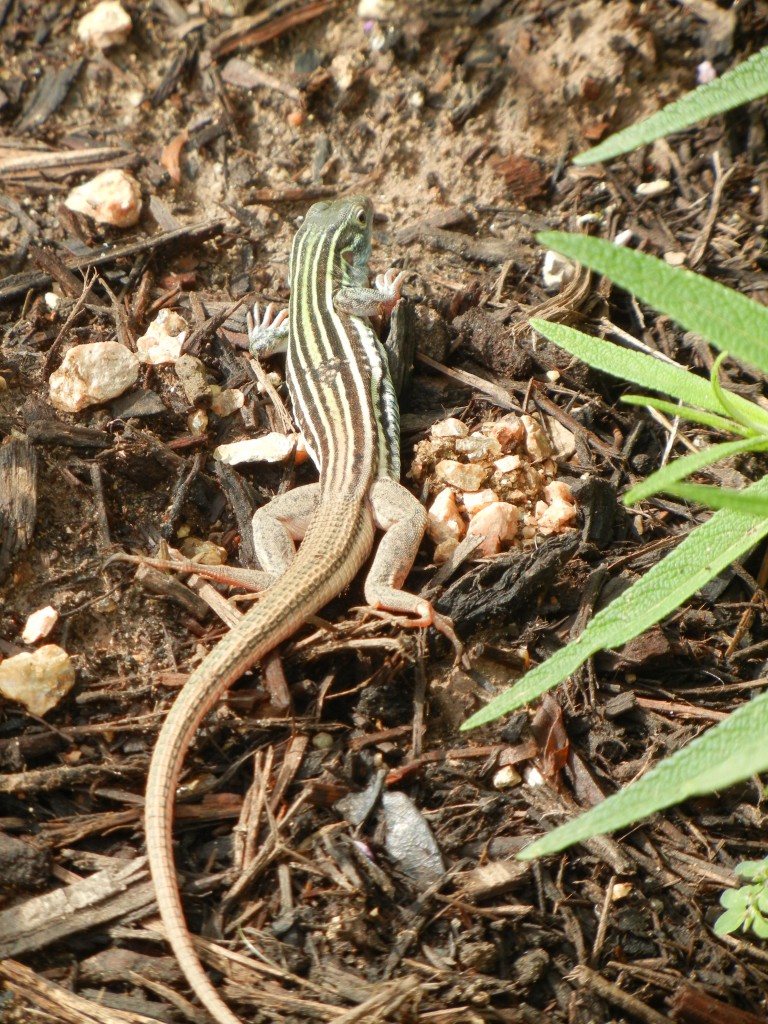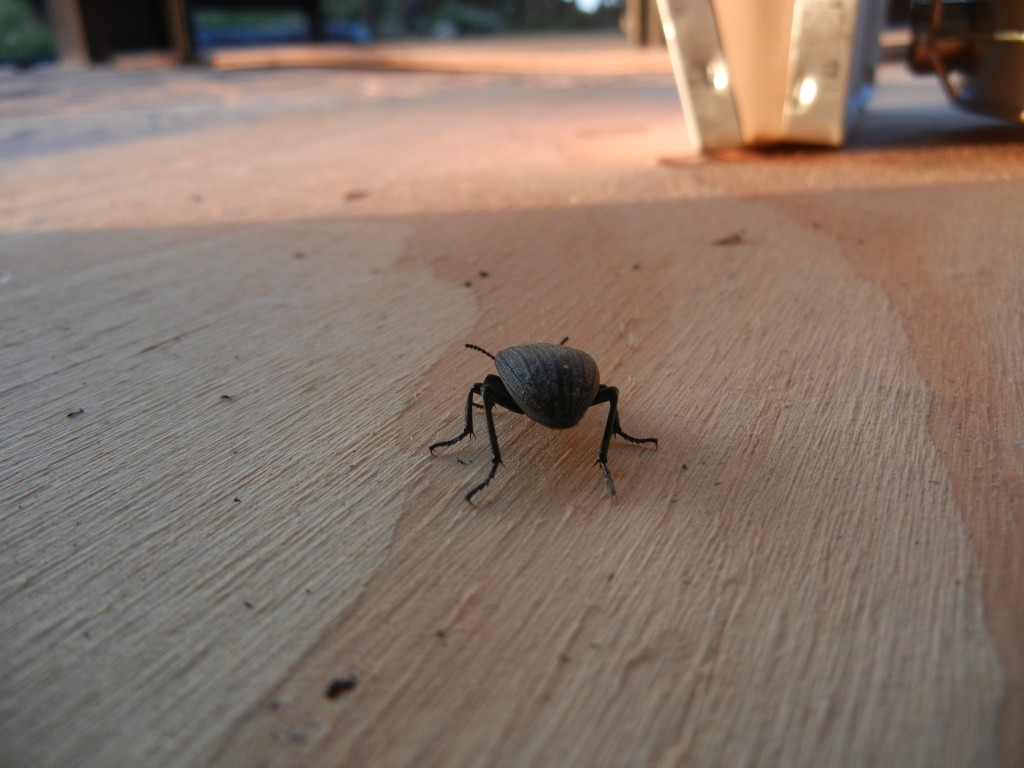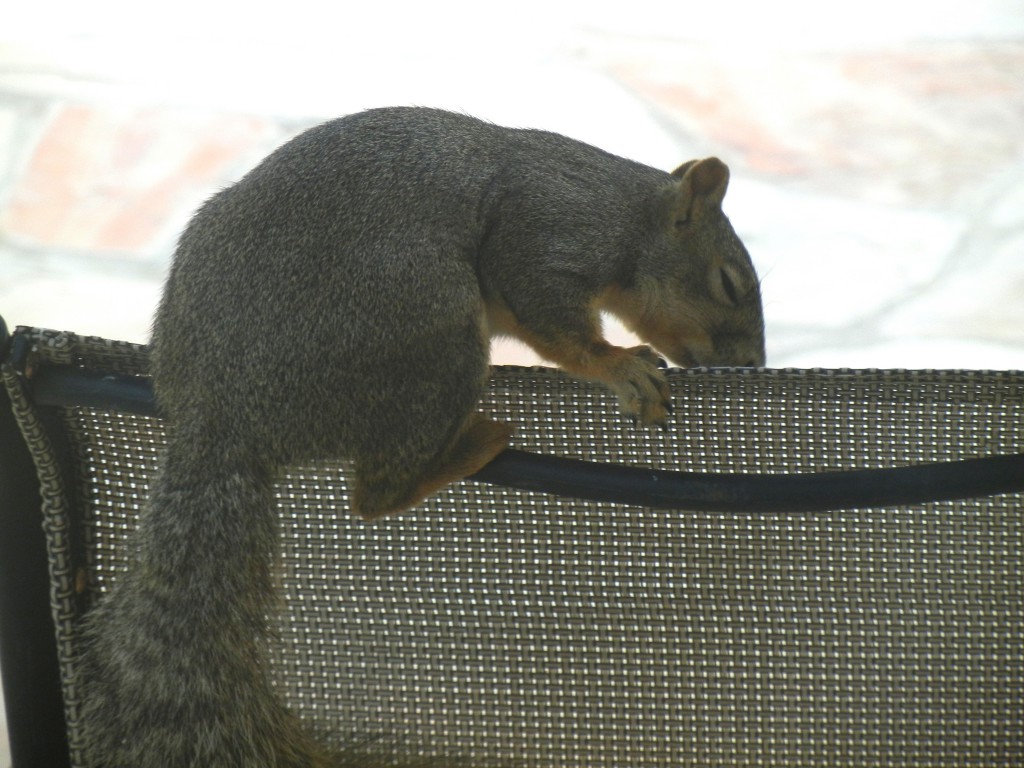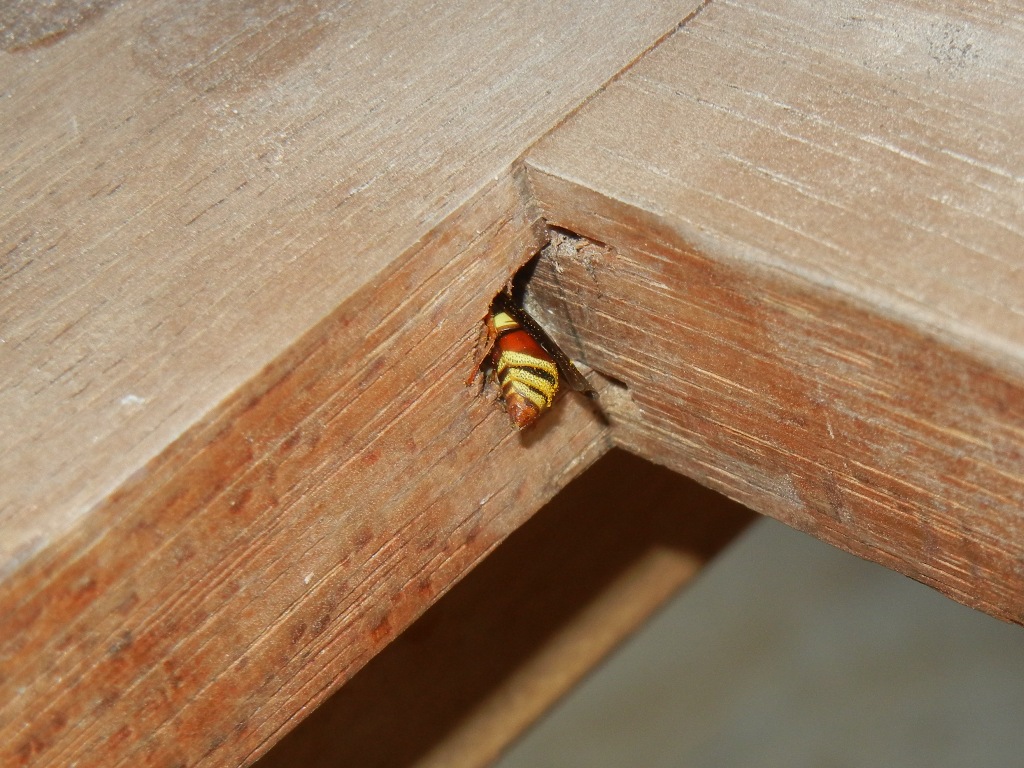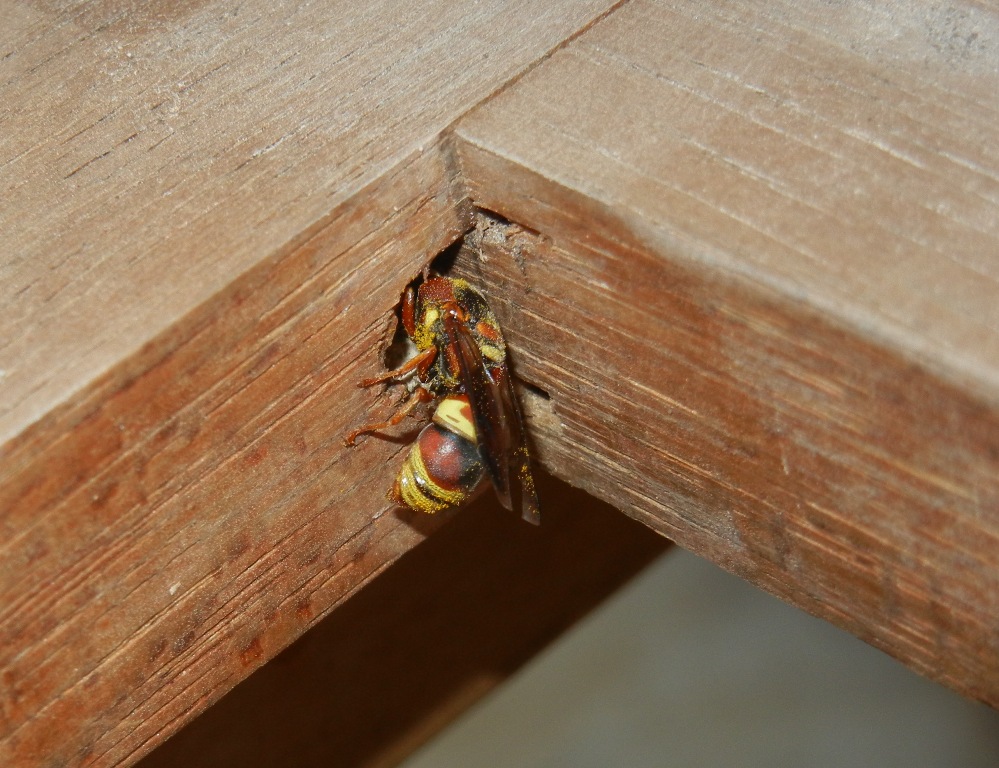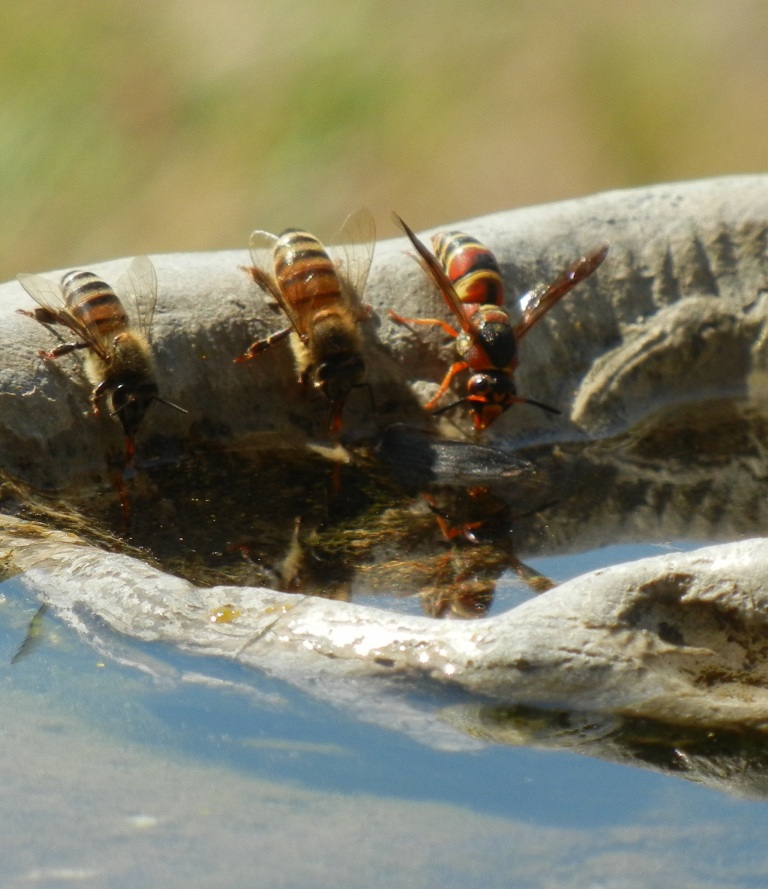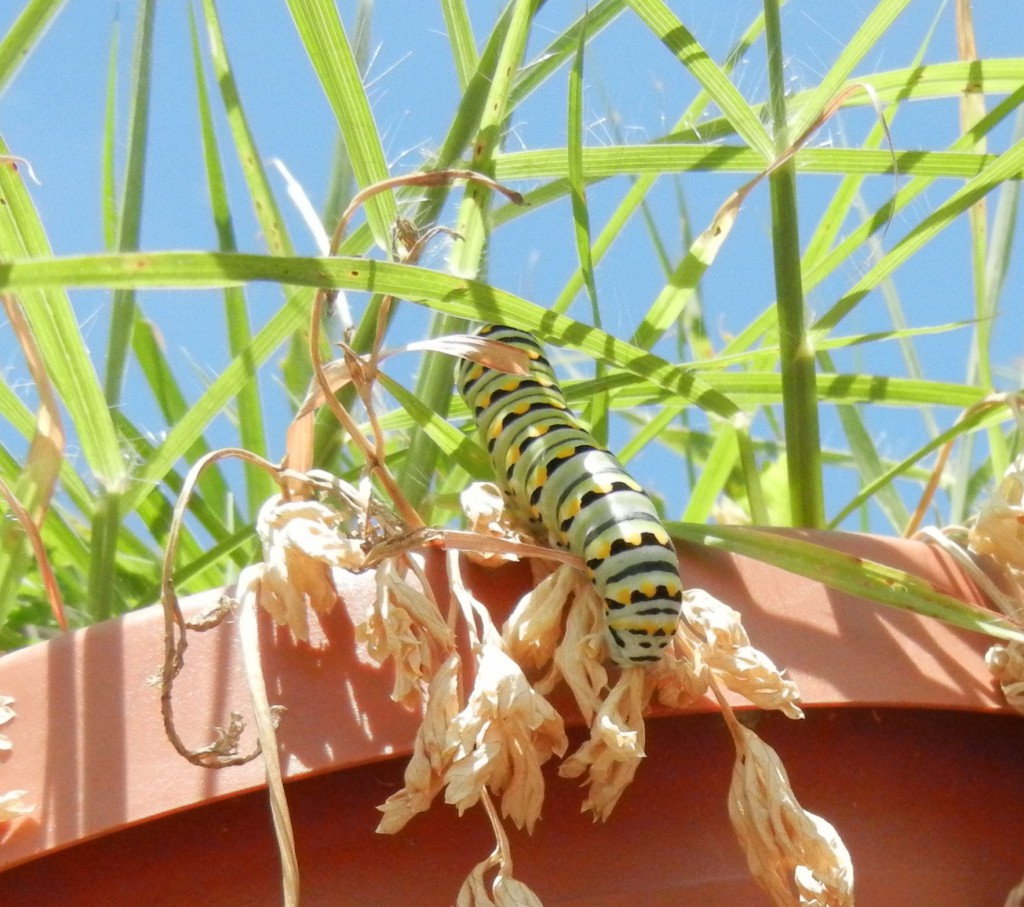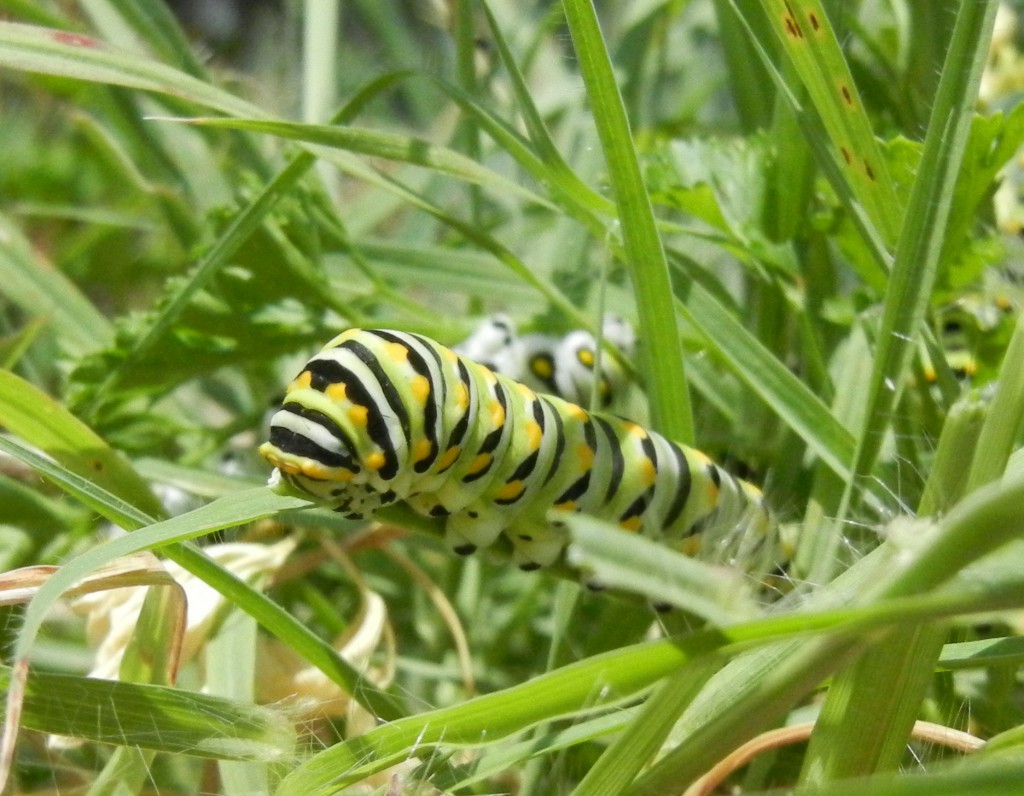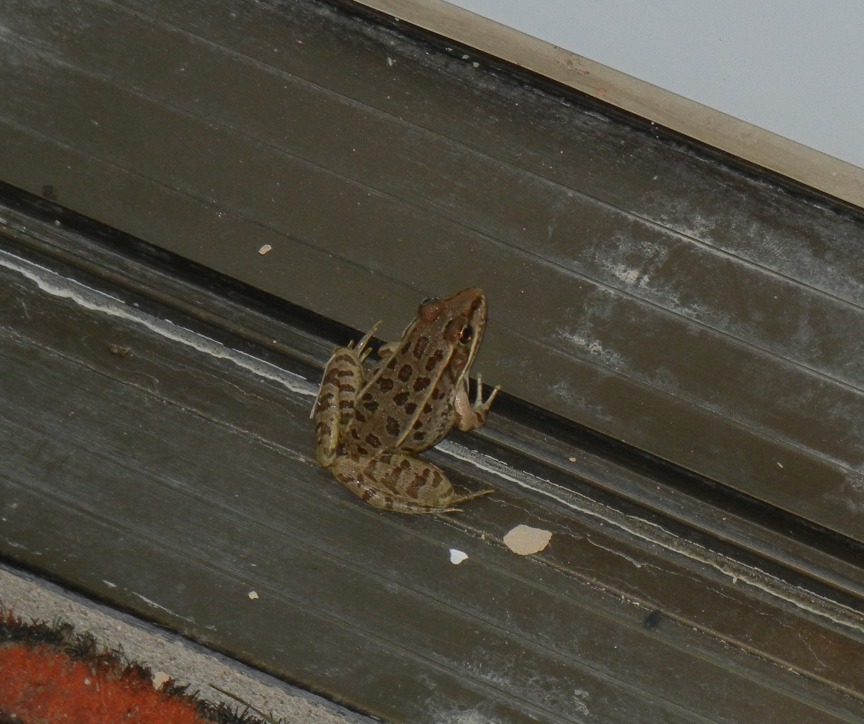As with most of life, some things are not always smooth sailing.
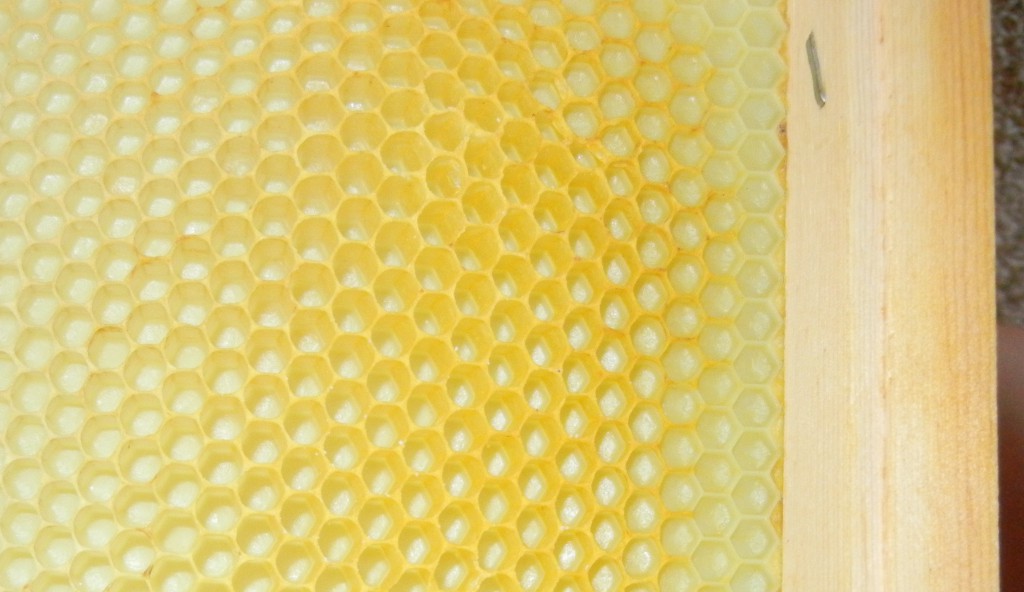
Drawn out empty comb built by my bees.
So it has been with my bees. In April I received my very first bee package and installed them in the hive. Two weeks later, after some very intense research and investigating, we find out that my queen is not performing her duties. She was not laying fertilized eggs and therefor no new worker bees could be raised. As it turns out, if you do not have worker bees being raised, your hive will fail, since they do all the work and make up for the majority of the hive. So out with that queen and in with a newly ordered queen. Now when introducing a new queen to the hive care must be taken! She smells completely different from the bees in the hive and in bee-land, when it smells different it is the enemy and must immediately be dispatched! I have seen bees attack stranger bees with ferocious intensity and dedication.
So introducing a new queen is a delicate process and involves putting her in little cage inside the hive which protects her from attacker/guard bees and lets the hive get used to her smell. This takes about 3 days. Once they have accepted her smell she can be free to roam around the hive.
Luckily introduction of the new queen was very successful in my case and for a month and a half I had a fat healthy queen, lots of eggs, new brood and new bees being born every day. It was wonderful! I actually watched the queen-bee wiggle her little butt over an empty cell and lay an egg. As she moved away, the worker bees would immediately move right in and tend to the new egg.
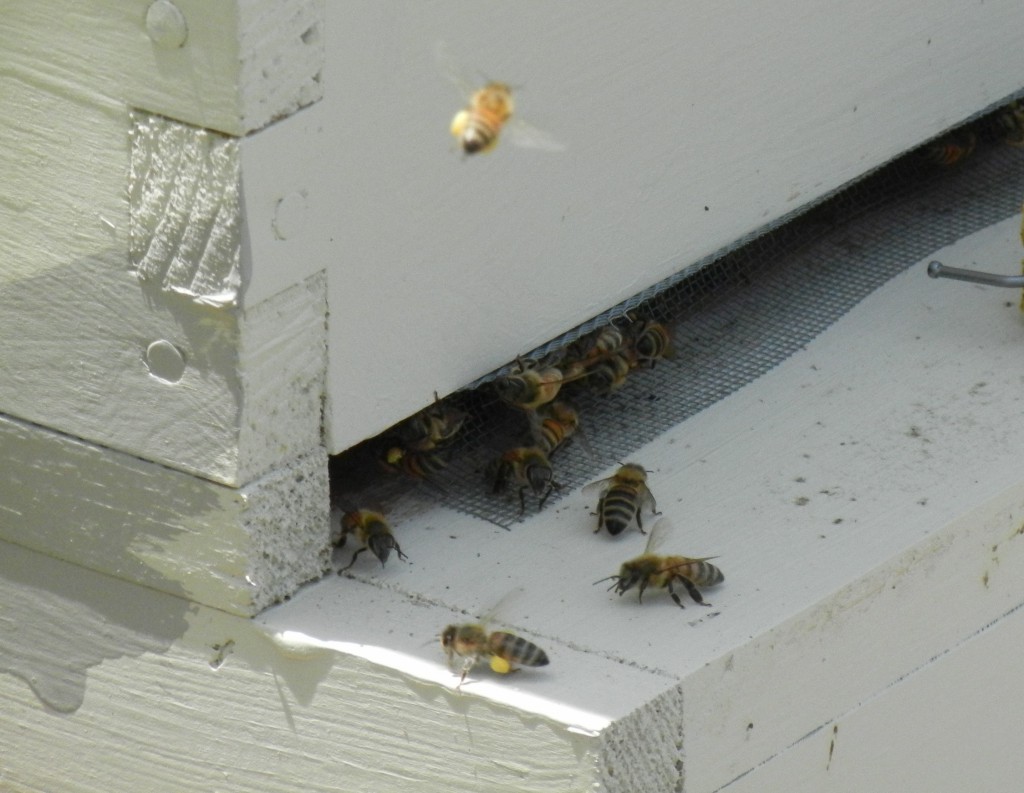
Bees bringing pollen in the pollen sacs to the hive.
I also watched the little miracle of a new baby bee hatching from her cell as she chewed her way out of her cocoon. It was incredible to see her struggle out and immediately roam around to see what was going on. She was all fuzzy and soft looking and her wings were still compact and stuck to her abdomen. The cutest little bee you could ever imagine. It was incredible to see the hive be so happy and thriving.
But, as mentioned earlier, not all things run smoothly and 2 weeks ago during a routine maintenance checkup I found no eggs, no brood and no queen!! What had happened to my queen?? She was just plain gone! On top of that, some bees were dying outside the hive in the grass blades. Wow!! It was shocking and very sad.
I sent many emails to various bee mentors in the area, but nobody really had a clue as to what could have caused this issue. A person living in my neighborhood actually reported the same issue: Some struggling bees outside the hive and no eggs or brood. Wow… These symptoms can sometimes be attributed to pesticides contamination, but they are so general that many other causes could also be in play. Pesticides sprayed on fields can affect bees when they land on the flowers of such fields. And since bees forage for nectar and pollen up to 3 miles away from the hive, there is no telling where this pesticide could have come from. The pesticide can rub off on the bee’s body and hair and they would then take it back to the hive and contaminate the pollen, nectar and honey in the hive. Since bees feed off of this, and raise their brood, this could easily kill the hive.
Since my hive was still quite large I thought that replacing the queen might be worth a try. I immediately got to work and ordered another queen and installed her into the hive last Wednesday. In order to fit the queen cage into the hive I had to remove one of the frames as there was so little room.
Today I went in again to check if the queen had been released from the cage, and indeed she had. I have not checked to see if she survived her introduction or was killed by the hive. That is a job for Wednesday, and the anticipation is intense!
But what amazed me is that in the meantime these industrious little creatures had been busy indeed. They had built comb in the cavity left by the absent frame around the bee cage and it was huge! In 3 little days these bees had built almost an entire row of comb. Maybe they were feeling bored since there has been no brood to feed and raise, and bees are not known for their couch-potato-like attitude. I have heard it said that a lazy bee is a not a bee. I took some time inspecting the comb that these amazing creatures built and it just blew me away. Take a look at the symmetry of the individual cells below. Cells are angled slightly upward too, so that honey does not drip out. Ingenious!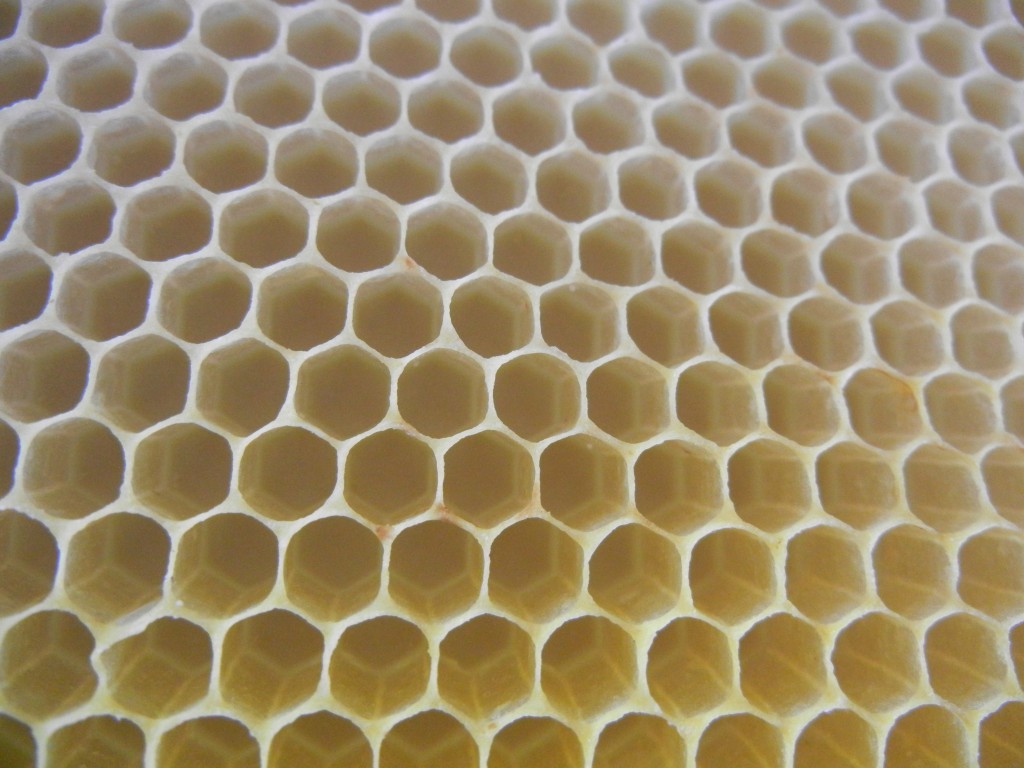 Until Wednesday it is a ‘wait and see’ if the queen actually is still alive and laying her eggs. I have started feeding the bees a herbal supplement in their sugar water, which is supposed to help them fight off diseases and recover from pesticide contamination. I sure hope it all works out.
Until Wednesday it is a ‘wait and see’ if the queen actually is still alive and laying her eggs. I have started feeding the bees a herbal supplement in their sugar water, which is supposed to help them fight off diseases and recover from pesticide contamination. I sure hope it all works out.
These bees continue to amaze and intimidate me all at the same time. Regardless of whether this hive fails (which would be very sad indeed) or not, I would not trade this experience. I have learned so much from these amazing creatures and respect and thank them for it. And that is something to be grateful for. So THANK YOU amazing bees!
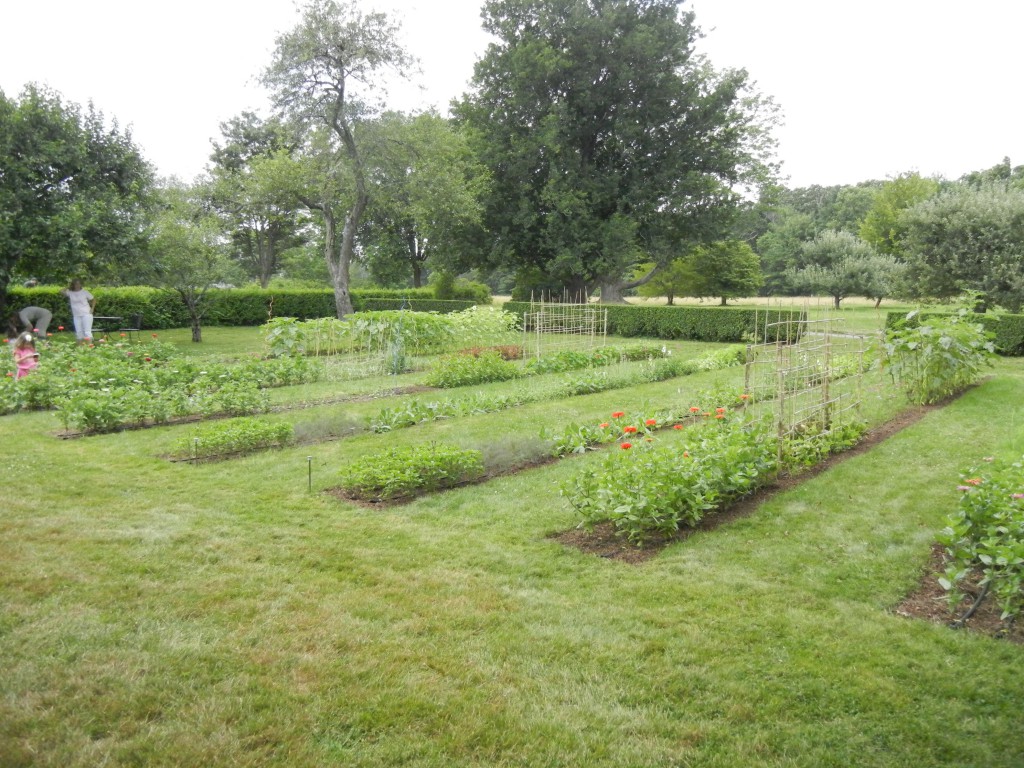 Now this is a beautiful veggie garden! In New Hampshire it’s already time to start the cold season plants since the growing season is so much shorter.
Now this is a beautiful veggie garden! In New Hampshire it’s already time to start the cold season plants since the growing season is so much shorter.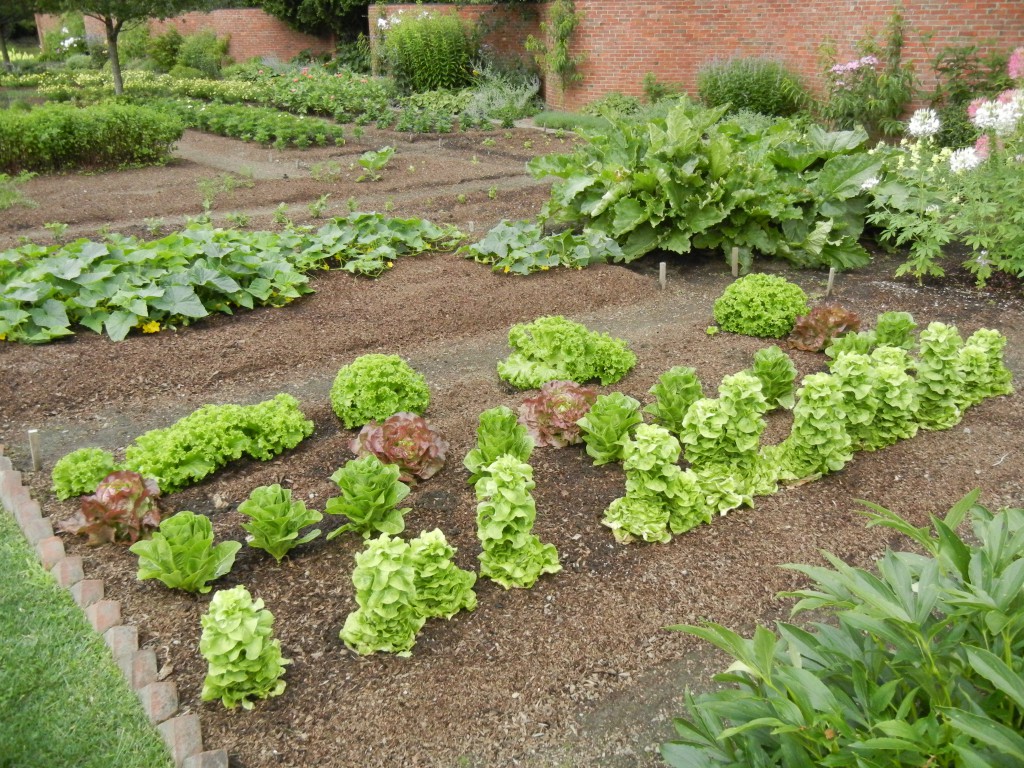
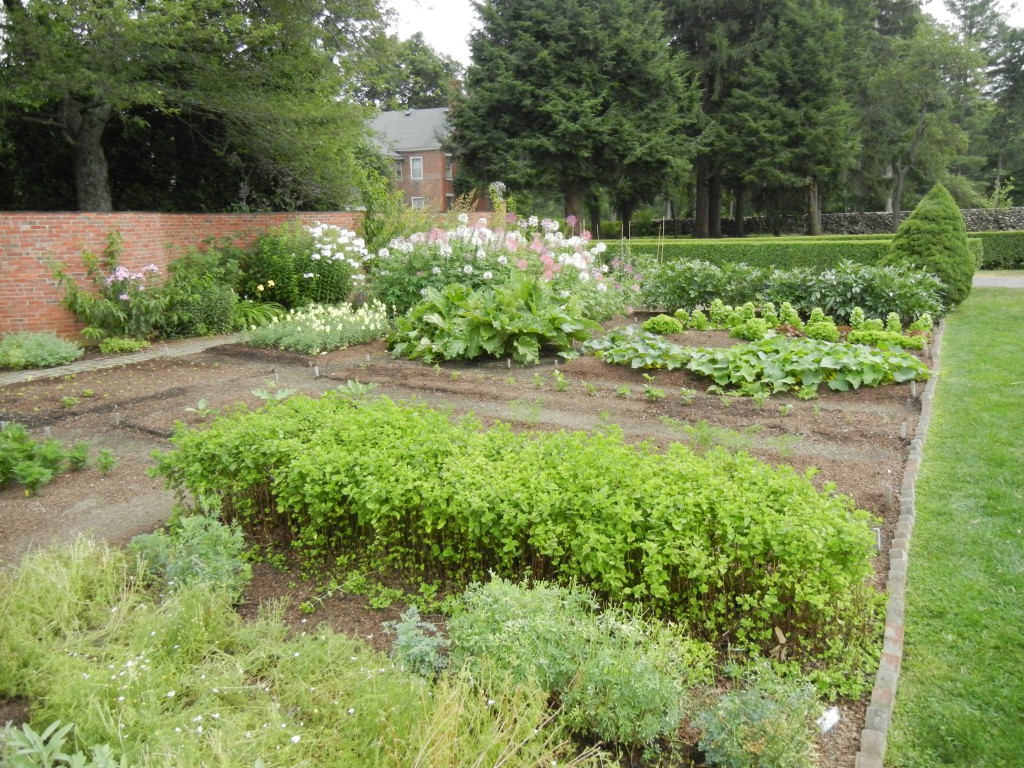
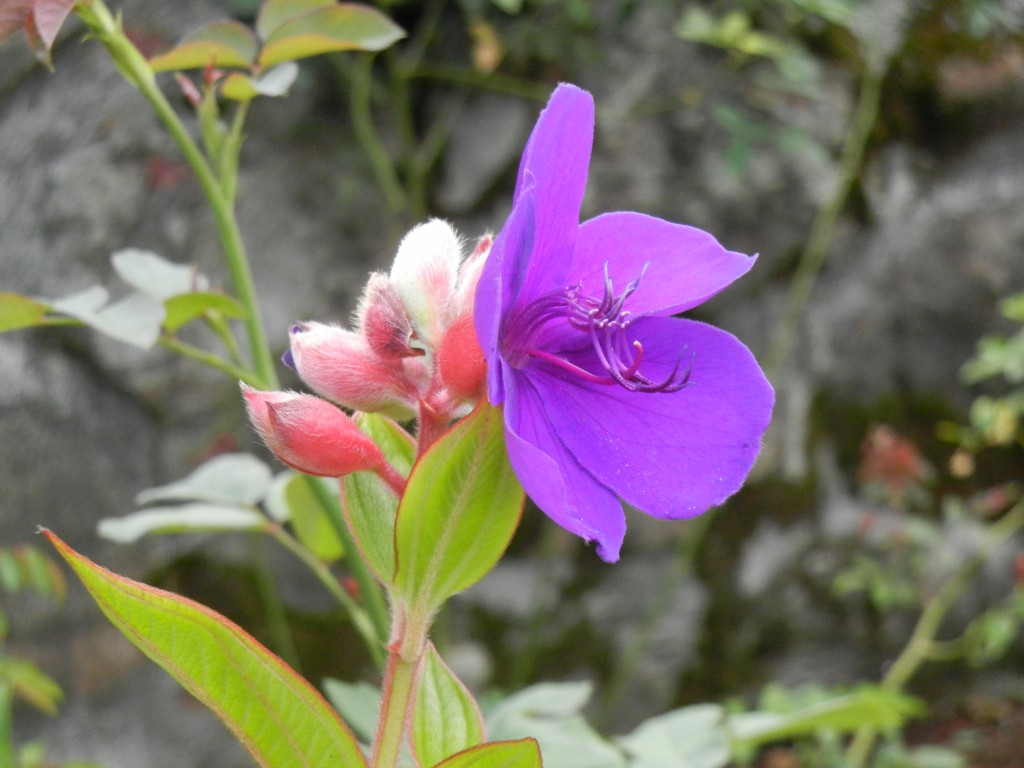
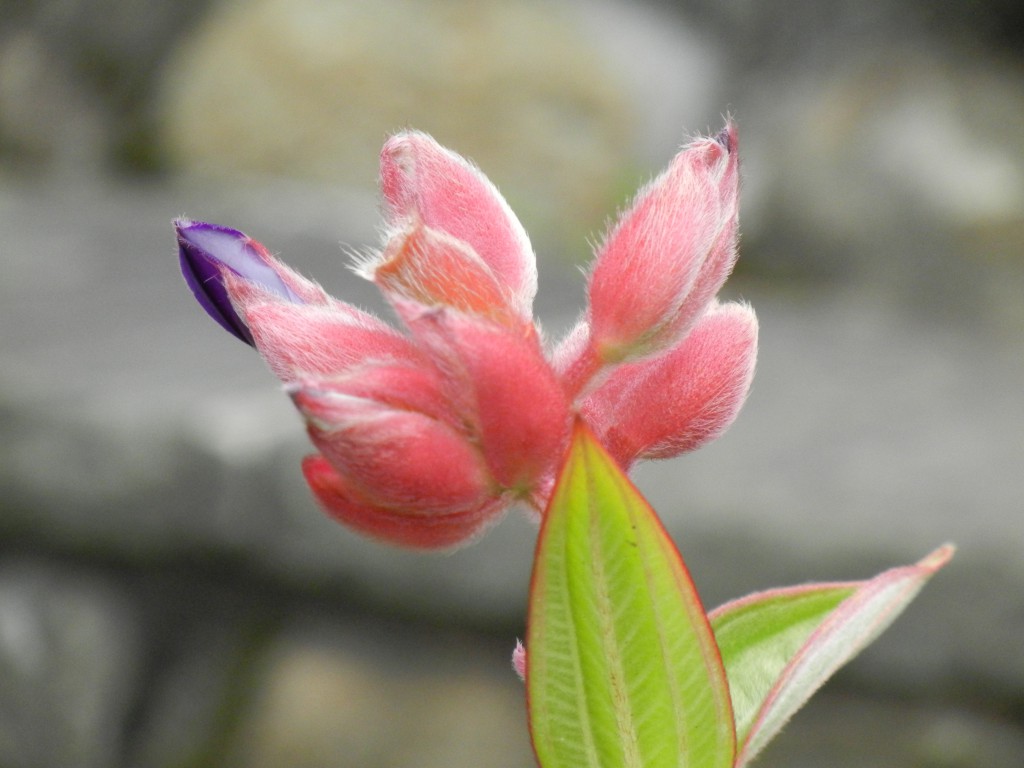 Thank you for a lovely visit Rose-Marie!
Thank you for a lovely visit Rose-Marie!